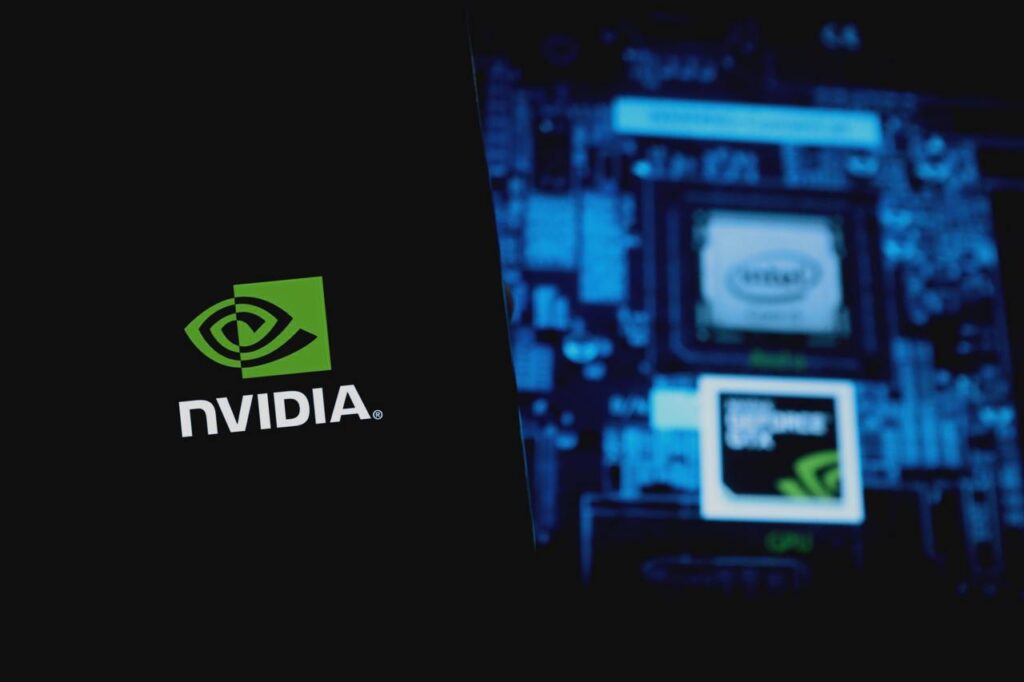Nvidia’s (NASDAQ: NVDA) share price has recently faced questions regarding its ability to sustain the momentum experienced in recent months, but several fundamentals, which can be equated to a secret weapon, are pointing to upside potential in the coming year.
Currently, the stock is showing weakness, trading at $116 as of press time, a drop of almost 0.4% for the day. Concerns about the equity’s ability to maintain momentum from the artificial intelligence (AI) boom are gaining traction, considering that NVDA has plunged 2% and 8% on the weekly and monthly charts, respectively.
Indeed, the price movement can be concerning since the general market has rallied over the past week after the Federal Reserve implemented a rate cut for the first time in four years.
Nvidia’s key fundamentals for 2025
For Nvidia investors, short-term reactions to monetary policy should not be a concern, given that historically, the semiconductor giant has responded positively to rate cuts.
A Dow Jones Market Data analysis shows that following a rate cut, Nvidia’s stock typically rises by almost 7% within a month, 16.6% after three months, 16.7% after six months, and 20.7% over a year. Therefore, if this pattern is replicated, Nvidia will eye the $140 level in a year.
On the other hand, the growing competition in the semiconductor market cannot be ignored. However, Nvidia’s primary weapon to counter this competition may lie in its product lineup, with the new Blackwell flagship line of chips ranking at the top.
While the new chip has faced initial delays due to design flaws, the product is a potential moneymaker for the tech firm. To this end, forecasts indicate that by 2025, Blackwell’s share of the existing high-end GPUs could soar by 80%.
Moreover, the Blackwell chip, which offers superior AI throughput compared to its predecessor, is positioned to support Nvidia’s continued dominance in the GPU market. Despite the delayed launch, demand for Nvidia’s existing products, like the H100, remains strong, suggesting minimal disruption in sales as customers transition to the new technology.
That being said, Beth Kindig, the lead tech analyst at I/O Fund, has noted that Blackwell’s rollout will be like ‘fireworks’ in 2025. The analyst projects that the chips will be crucial in driving Nvidia toward becoming a $10 trillion company.
“That’s going to be fireworks, is how I would put it. Absolute, ultimate fireworks for Blackwell will come in Q1, with that Q2 guide. <…> Early next year will be fireworks again for Nvidia, and we will be on track for that $10 trillion,” Kindig said.
As things stand, Nvidia shareholders should not be concerned about revenue streams for the next year. The company is on record, acknowledging that the significant demand for its chips is causing customer tension regarding whether the American tech giant can deliver.
Furthermore, there is room for more demand, considering that Nvidia is awaiting U.S. government clearance to sell its high-end GPUs to Saudi Arabia for AI development.
Wall Street take on Nvidia stock
Meanwhile, 42 Wall Street analysts maintain a bullish outlook for Nvidia in the coming year. Their consensus estimates indicate that they foresee the stock trading at an average price of $152.44, an upside of 31% from the current valuation. A high target has been set at $200, while a low forecast predicts $115.
Although Nvidia has impressive fundamentals, the stock could still face headwinds in 2025, considering other players aim to catch up. Particularly, Advanced Micro Devices (NASDAQ: AMD) is emerging as a key competitor, boasting a rich client base, as does Microsoft (NASDAQ: MSFT).
Similarly, some market participants view Apple (NASDAQ: AAPL) as the next ideal AI stock, given the company is rolling out features such as Apple Intelligence for its upcoming devices.
In summary, while Nvidia faces short-term price volatility and growing competition in the AI chip space, its fundamentals and innovative product pipeline position the company for growth. However, investors must pay attention to the general market trajectory, as it could impact NVDA.










